The cost to fix your parking lot is not the only thing you should consider when deciding whether or not to fix it. The safety of your employees and customers is also an important factor. As well as how quickly you can get the job done, depending on what condition your parking lot is in. Fixing a parking lot should be at the top of every business owner’s list because its benefits outweigh any drawbacks by far. A poorly maintained parking lot has consequences for all aspects of a company’s operations, so fixing it can save money in other areas while keeping everyone safe and happy. The following are reasons why is it Important to Fix Your Parking Lot:
-
Provide safe and easy access to your business through the parking lot
A smooth, well-maintained parking lot provides your customers with a safe, convenient place to park while they are visiting your business. If the lot is potholed or cluttered with equipment, it will deter customers from visiting in the first place and cause accidents if they do.
-
Ensure a first impression that reflects well on your business
In addition to being a safe place to park, your parking lot should be attractive and carefully designed for easy entry and exit from the space. When you build or renovate your parking lot, design it in a way that reflects positively on your business and what it has to offer.
-
Avoid liability issues, fines, and damage to vehicles
Potholes, broken pavement, and other hazards in your parking lot can cause major problems if they lead to accidents or injuries, so it’s important to maintain the area carefully. If you fail to properly maintain the area around your business or do not provide sufficient warning of dangerous conditions, you could face fines and lawsuits.
-
Ensure that your facility is ADA compliant
If you have an older parking lot that does not comply with the Americans with Disabilities Act (ADA), it must be made to do so as soon as possible, or you can face expensive lawsuits down the line. According to the law, anyone who owns a place of public accommodation must ensure that disabled individuals are able to access goods and services at least as easily as other customers. Parking lots should meet specific requirements for the width of accessible parking spaces, slopes, and more.
-
Make your business run efficiently
A well-maintained parking lot will ease traffic flow in and out of your business, making it easier for staff members to park when they arrive and for customers to exit when they leave. If the lot is constantly jammed with cars, employees will not be able to find spaces in which to park. Parking lots that are designed well also allow your business to run more smoothly by encouraging traffic flow into, around, and out of your business.
-
Keep pace with modern designs for parking lots
Years ago, businesses often favored asphalt or even dirt surfaces rather than concrete or brick because the latter two materials were considered too expensive. Now, however, many businesses choose to build new parking lots using high-quality pavement materials, including concrete pavers, brick pavers, and interlocking pavers because these take little maintenance while adding a beautiful touch of color or pattern to any commercial property.
-
Easily accommodate deliveries in the parking lot
If you receive regular shipments, the best way to ensure that your parking lot can handle these vehicles is to choose materials that facilitate easy entry and exit. For example, if you plan to use a curb cut as part of your delivery process, it’s important to strengthen the surrounding pavement so that heavy trucks will not cause damage.
-
Protect the value of your business
One reason for making sure that your facility is ADA compliant has nothing to do with customers: It also protects the investment and value of your business and property. According to federal law, all commercial facilities must be accessible by disabled individuals unless businesses provide “the same degree” of access for those who need special accommodations as they do for everyone else. If it is not possible to provide equal access, it must be offered at a different price or otherwise made available.
-
Keep your commercial property in good shape
If your commercial parking lot looks poorly maintained and cluttered, customers may assume that the same is true of the inside of your business as well–and they will find someplace else to go. In addition, if you have been cited for failure to maintain ADA-compliant facilities on your property, federal law requires that these citations be posted on websites such as Fines.gov. In other words, customers who have bad experiences with your business by being unable to reach or buy from you will know it.
At the end of the day, a parking lot is an expensive investment. Make sure to take care of it so that you can get as much out of your space as possible and avoid costly parking lot repairs in the future.

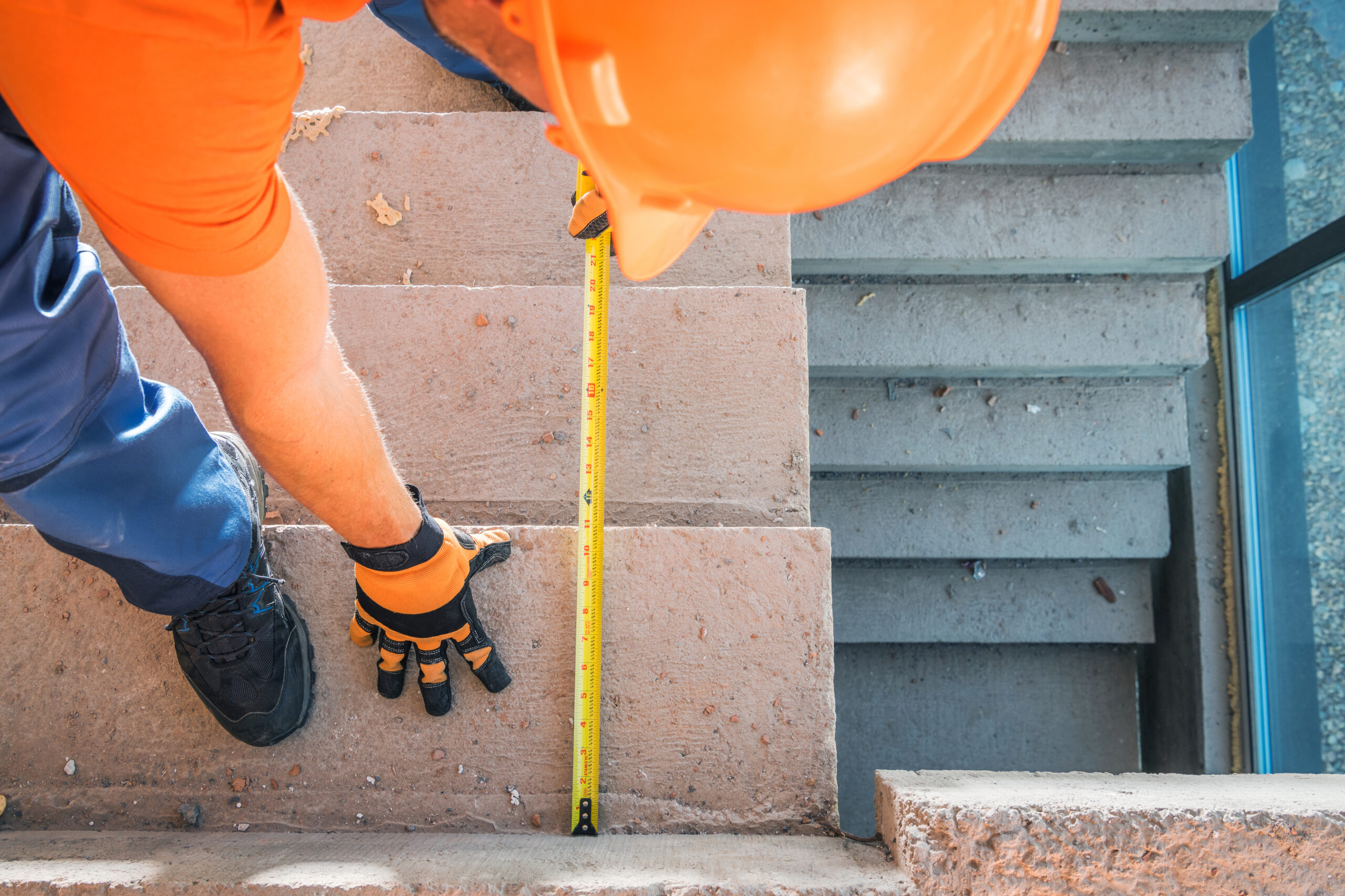
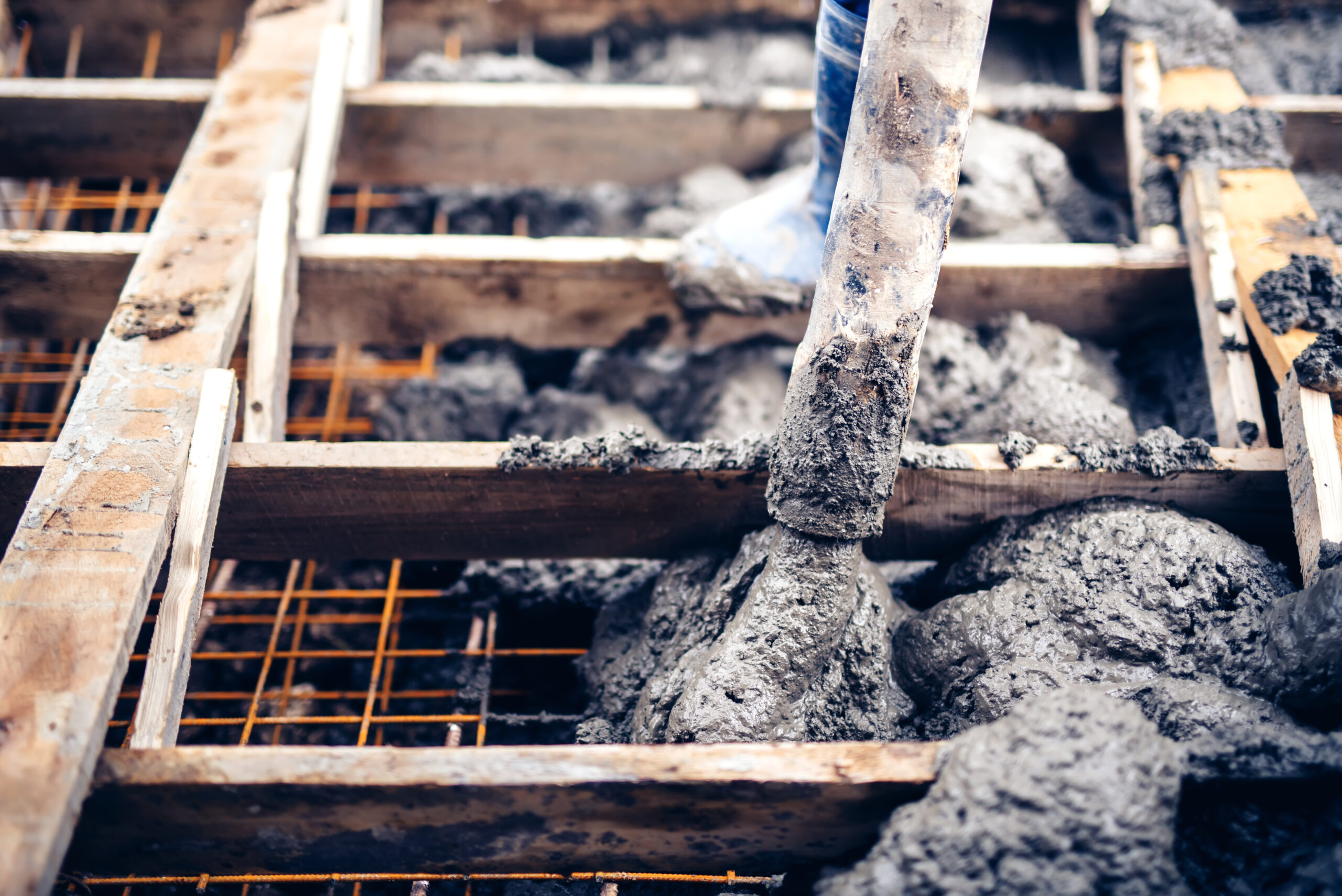
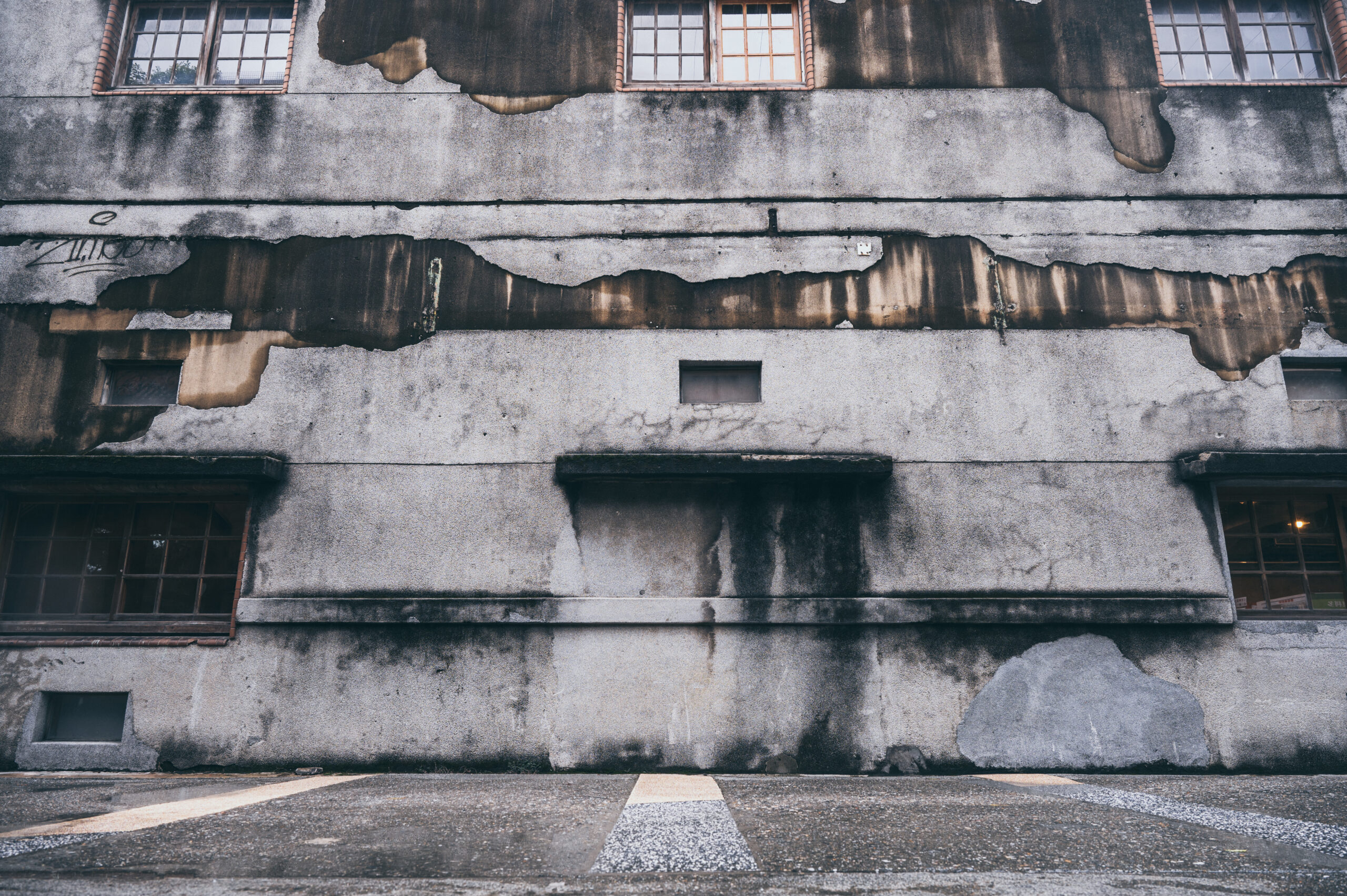
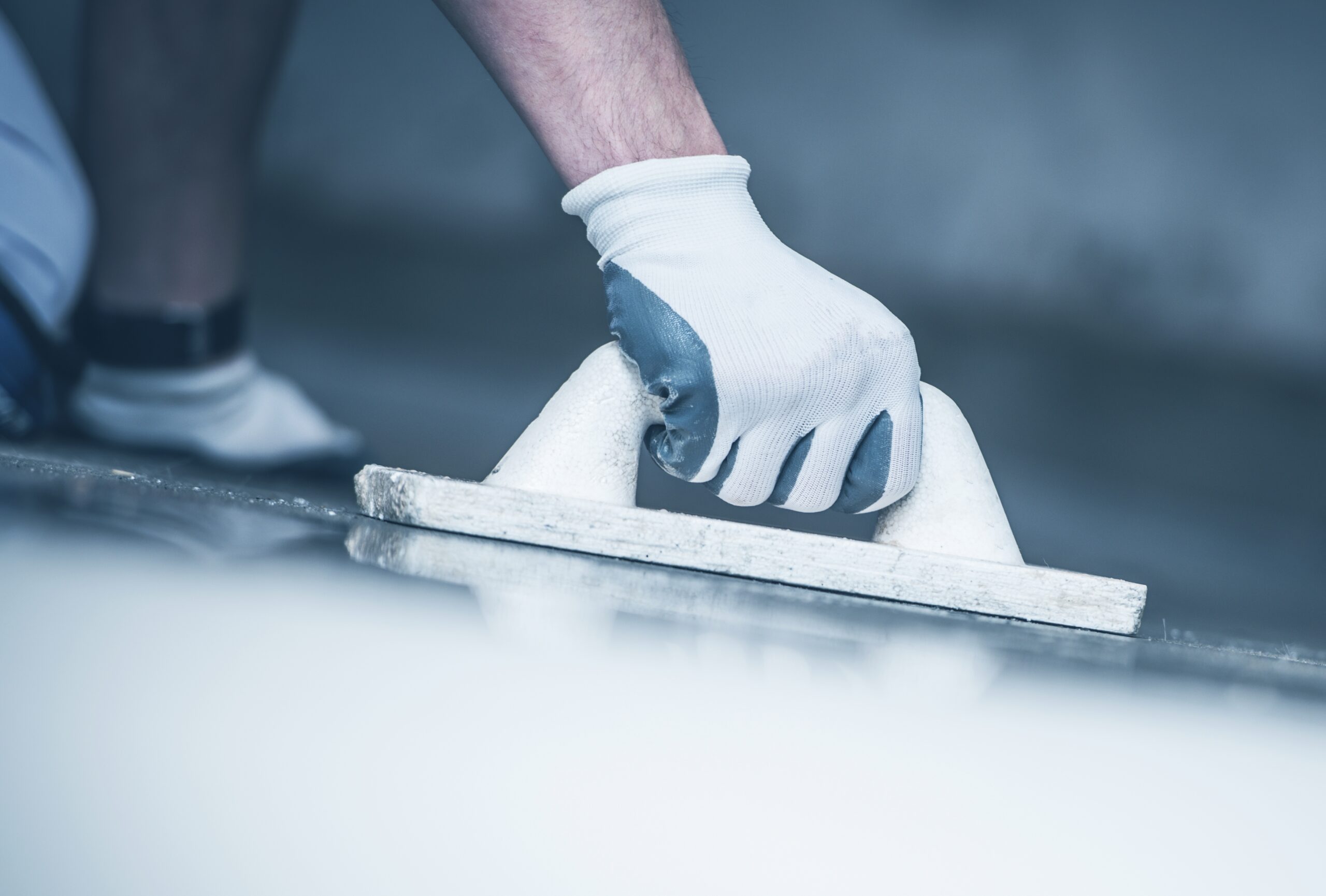
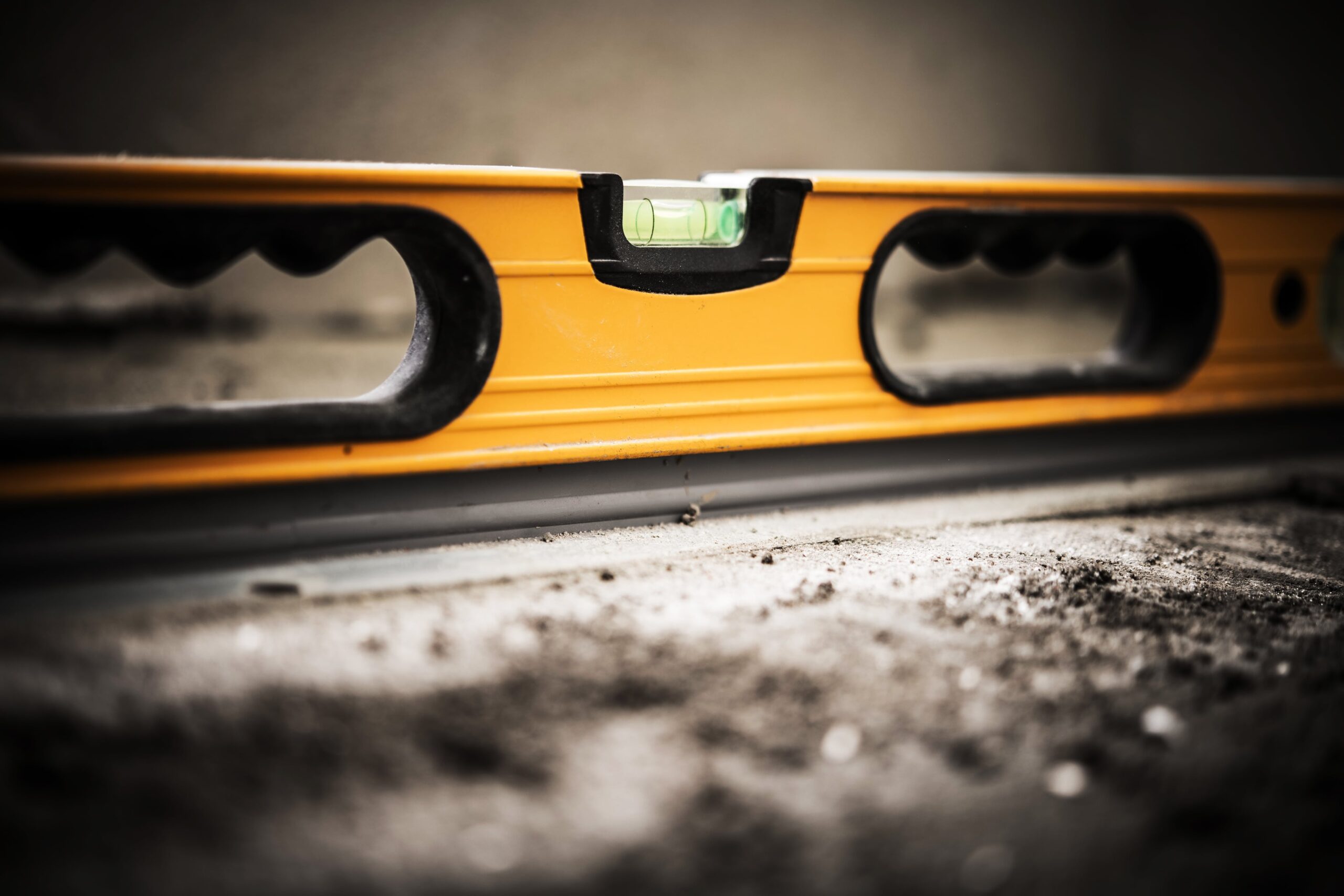
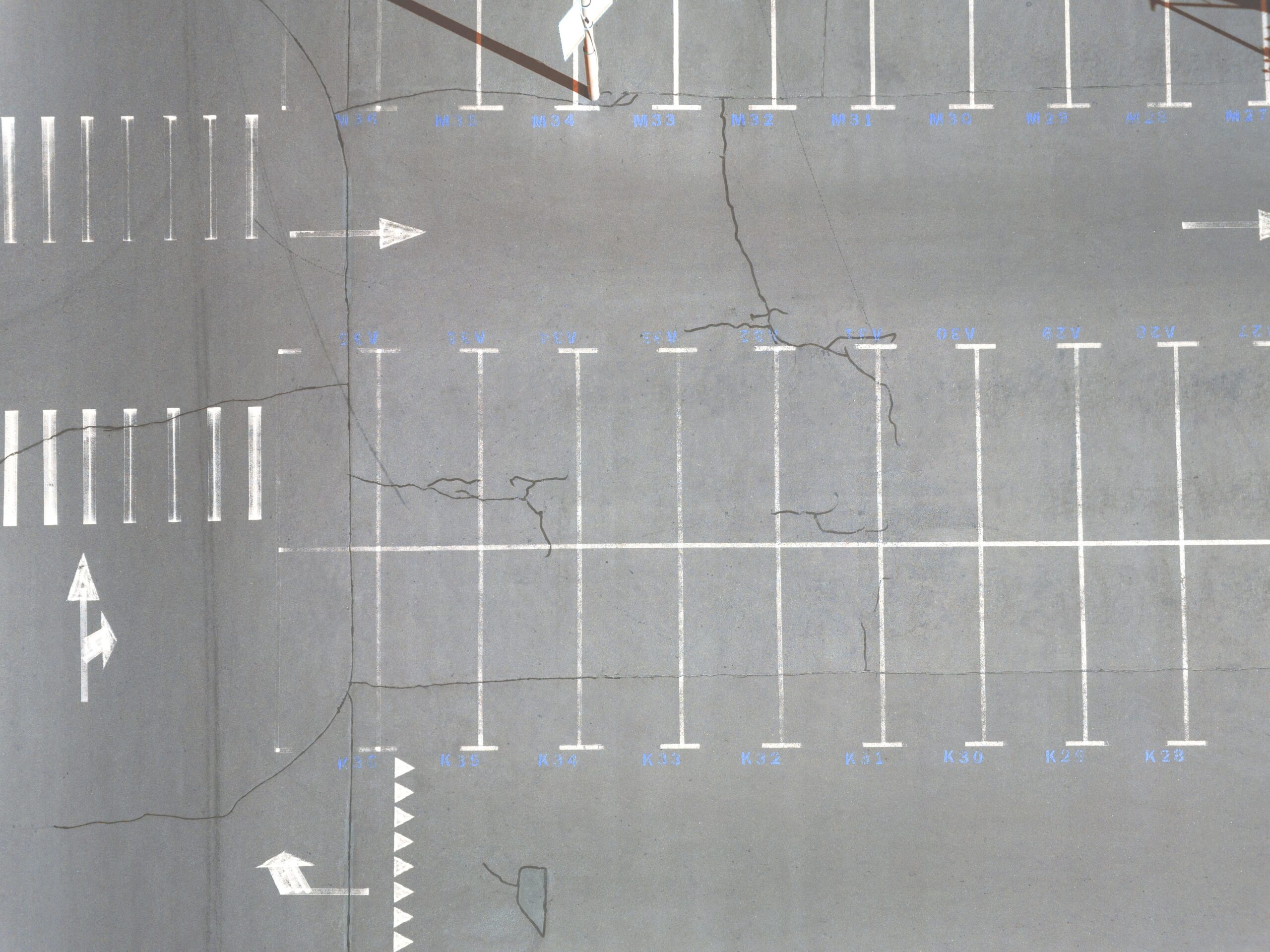
Recent Comments